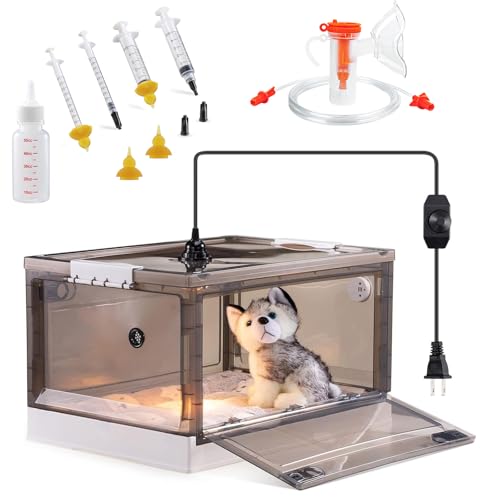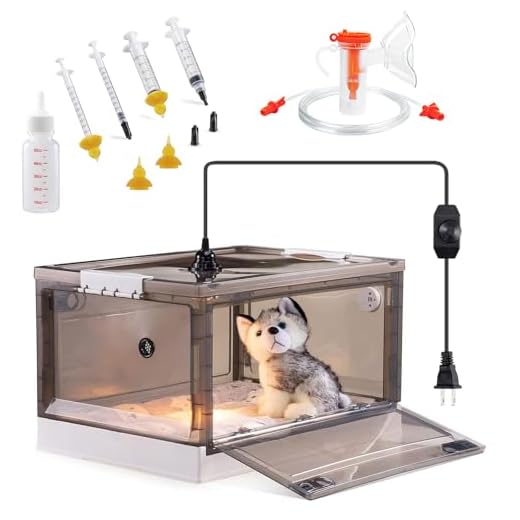

As an 8-year-old Scottish Fold, I’ve seen plenty of kittens come and go. Typically, those tiny furballs will begin to experience the world around them between 7 and 14 days after birth. The exact timing can vary slightly based on genetics and overall health, but that’s the general window you can expect.
During the first week of life, those little ones are completely dependent on their mothers. They rely on touch and smell, with their eyes still closed. When the moment arrives for them to crack those eyelids open, it’s a significant milestone for both them and their human companions.
Once those peepers pop open, keep in mind that vision won’t be perfect right away. Initially, their sight might be a bit blurry. Over the next few weeks, as they grow, clarity improves, and they’ll start to explore their surroundings with curious eyes. It’s a delightful transformation to witness!
Understanding the Newborn Cat Development Timeline
Newborn felines go through several stages of growth, and it’s fascinating to observe these milestones. Right after birth, the little ones are completely dependent on their mother. They spend the initial days nursing and sleeping, which is vital for their health.
During the first week, they will start to gain weight rapidly. By the end of this period, most will have doubled their birth weight. It’s a sign that they’re getting enough nutrients. Around the second week, the adorable fur starts to fill in, providing more warmth and protection.
As they approach three weeks, you’ll notice more activity. They begin to explore their surroundings, albeit clumsily. This is a great time for socialization, as they’re learning how to interact with their siblings. Keeping a calm environment is crucial at this stage.
At four weeks, they start becoming more curious and playful. This is the age when introducing toys can help stimulate their minds. I often recommend engaging activities, such as a small ball or soft fabric to encourage their natural instincts.
By the fifth week, these youngsters are more agile. They begin practicing their hunting skills, even if it’s just pouncing on each other or chasing after shadows. Watching them play is a joy!
At six weeks, it’s a good idea to consider starting the weaning process. Gradually introducing soft food can help them transition from nursing. This is also the time to ensure they are learning proper litter box habits.
Knowing the timeline of development helps in understanding what to expect. If you’re ever in need of tools for your home, consider checking out the best small air compressor for home garage. It can be quite handy for various projects as you prepare your space for a growing family of felines.
As they reach about eight weeks, they typically start to show more independence and are ready for adoption. Ensuring they have a loving environment is key to their future happiness.
Factors Influencing Eye Opening in Kittens
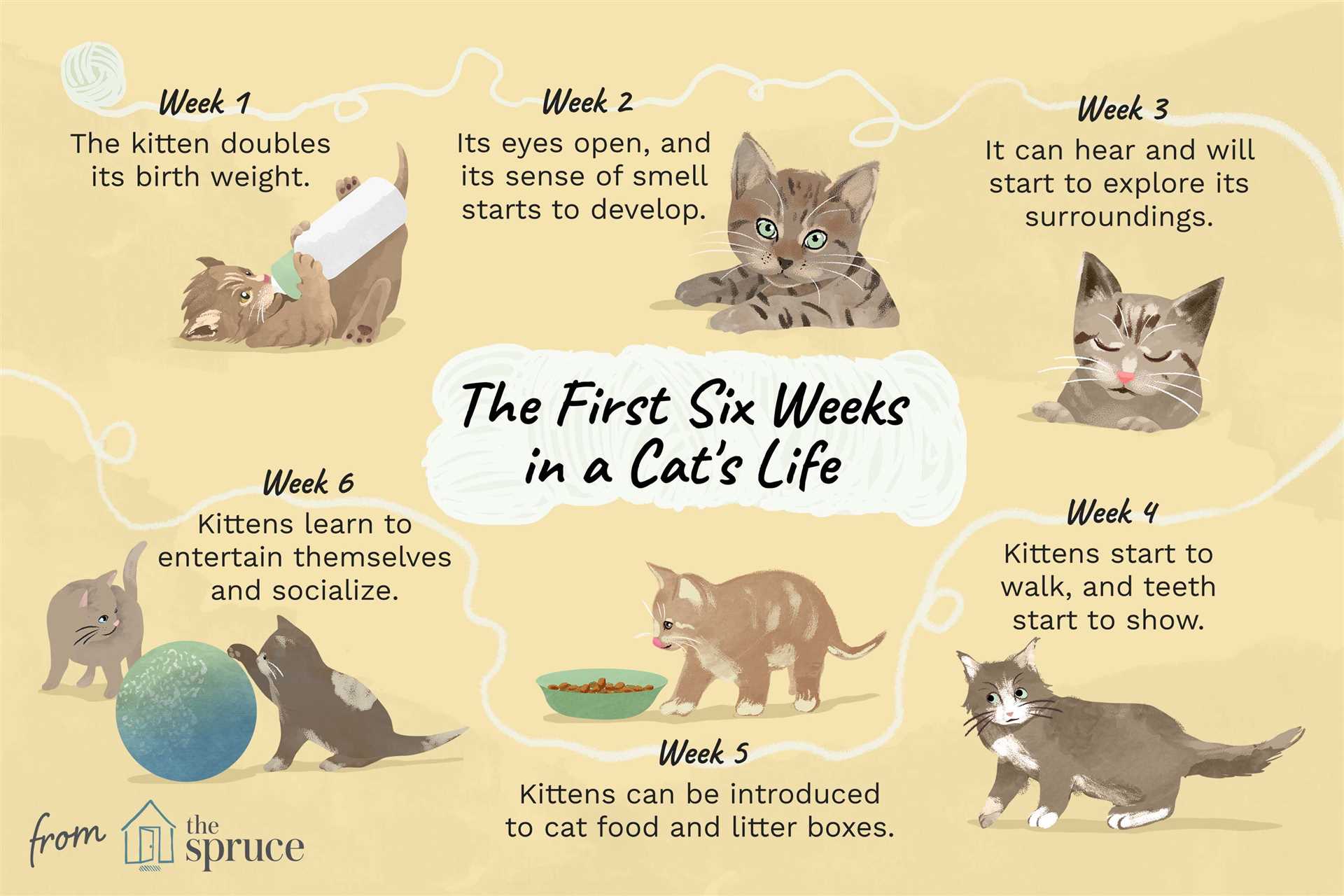
Several elements determine the timing of vision development in little furballs. Genetics plays a significant role; some breeds may experience variations in ocular maturation. For instance, Scottish Folds like me might show different patterns compared to other breeds.
Another aspect is the overall health of the kitten. Well-nourished and robust younglings tend to reach developmental milestones, including vision, sooner than those facing health issues. Proper maternal care also contributes; a nurturing mother ensures her brood receives adequate nutrition and warmth, which supports their growth.
Environmental conditions cannot be overlooked. A calm and safe setting encourages exploration and activity, fostering earlier visual engagement. Conversely, stressors or harsh surroundings may delay this critical phase.
Temperature influences development as well. Kittens thrive in warm environments, which promote metabolic processes essential for growth. Keeping the little ones cozy is vital for their progress.
Lastly, social interactions are crucial. Kittens learn from observing their siblings and mother, which can stimulate their sensory development, including the opening of their eyes. A stimulating environment can significantly enhance their overall growth trajectory.
Signs That Indicate Kittens Are About to Open Their Eyes
As a feline with a keen sense of observation, I can spot the signs that little ones are nearing the moment of revealing their vision.
Physical Changes
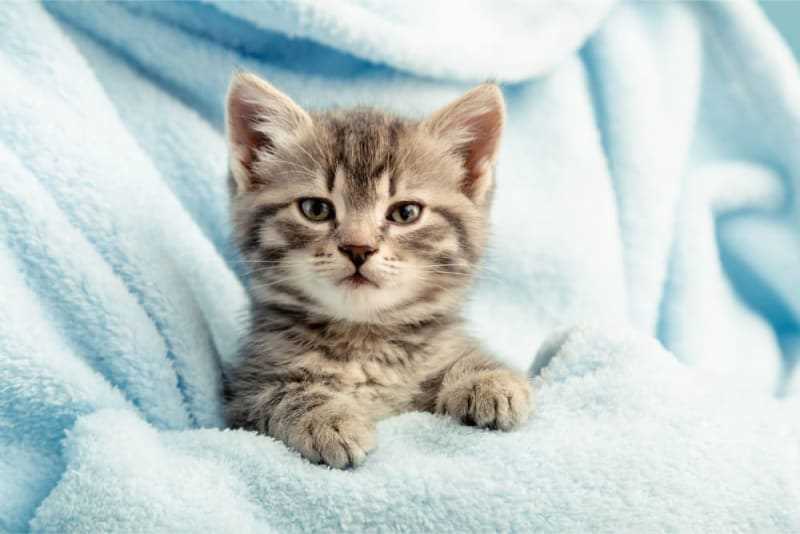
- Eyes beginning to swell slightly, indicating readiness.
- Fur around the face appearing more vibrant and less matted.
- Increased movement of eyelids, suggesting muscles are developing.
Behavioral Indicators
- Heightened curiosity; they may start exploring their surroundings more eagerly.
- Increased vocalizations, as they communicate with their siblings and mother.
- More frequent attempts to engage in play, signaling awareness of their environment.
Recognizing these signs can be quite exciting, as it marks a significant milestone in a kitten’s development. Keep an eye out for these changes; soon enough, those tiny peepers will be wide open, ready to explore the world!
Average Age for Kittens to Open Their Eyes
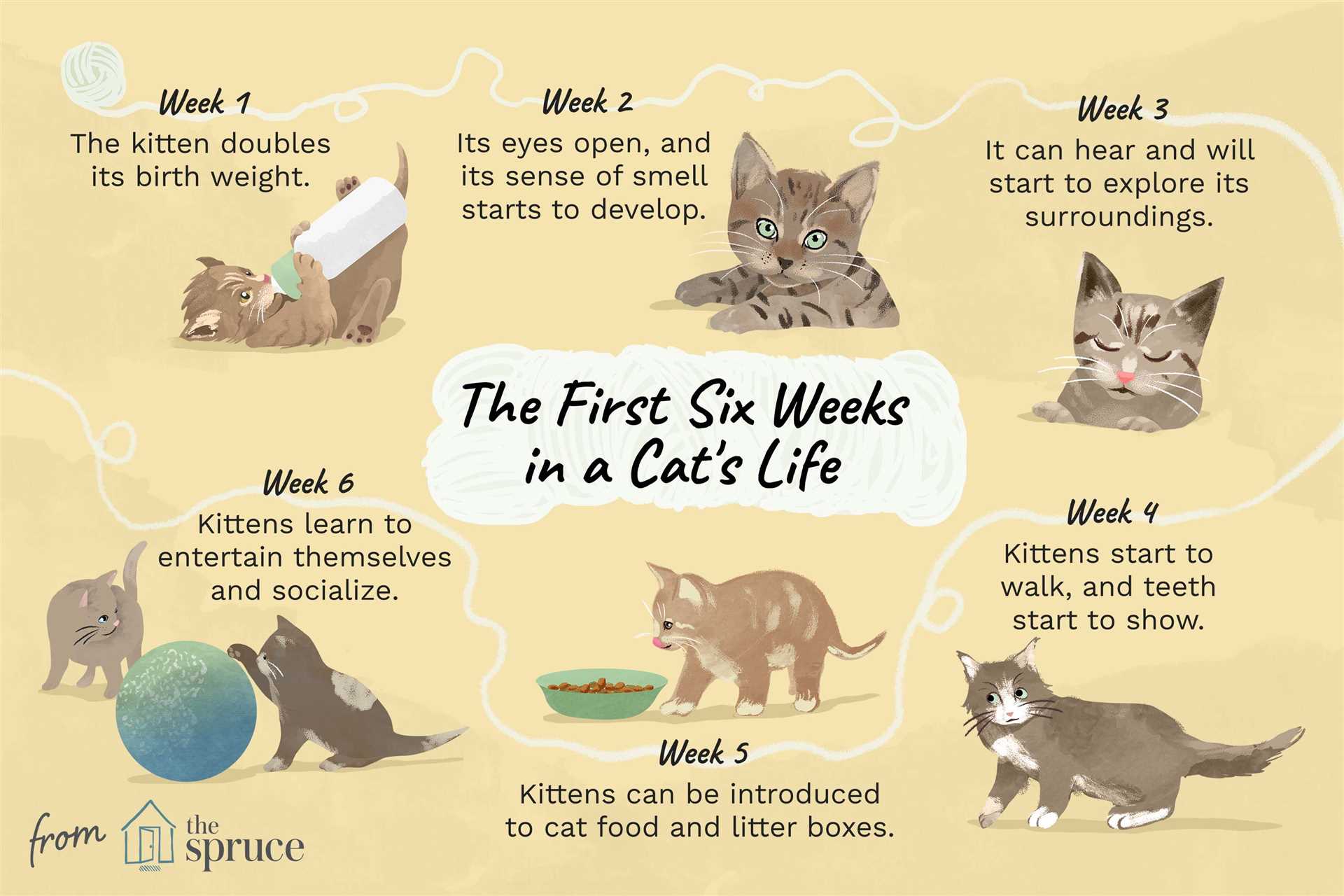
The typical age for young felines to start revealing their vision is between 7 to 14 days after birth. Most often, it occurs around the 10-day mark. However, each kitten may differ slightly in timing.
At around one week, a noticeable change begins, with eyelids slowly parting. By two weeks, the majority will have fully opened, exposing the vibrant colors of their irises. It’s fascinating how quickly this transformation happens!
While the average is a useful guideline, it’s essential to observe individual variations. Some may take a bit longer, depending on factors such as breed or overall health. Keeping an eye on these little ones during the early days is crucial.
Be mindful that the initial sight may be blurry, as their vision continues to develop over the next few weeks. Ensuring a safe and comfortable environment during this critical period helps kittens adjust as they explore their newfound world.
What to Do If a Kitten Hasn’t Opened Its Eyes
If a little furball hasn’t revealed its peepers by the age of three weeks, a visit to the vet is a smart choice. This ensures there are no underlying health issues affecting its development.
Check for Other Signs
Observe the kitten for other developmental milestones. Is it gaining weight? Are its ears starting to perk up? These indicators can provide insights into its overall health.
Maintain a Healthy Environment
Ensure the surroundings are warm and quiet, free from stressors. A calm atmosphere promotes healthy growth. Keep the space clean and provide adequate nutrition if the kitten is being cared for by a human.
Common Myths About Kittens and Eye Opening
Many believe that the duration for a kitten’s sight development is set in stone, but this isn’t accurate. Individual growth rates can vary significantly among these little furballs. It’s crucial to understand that genetics, health, and environmental factors play a role in this process.
Another misconception is that all newborns will have their sight fully developed by a specific age. In reality, while most will begin to see between 7 to 14 days, some may take longer, and that’s completely normal. Each kitten is unique, and their development can be influenced by factors like breed and maternal care.
Some think that kittens should be handled a lot during this stage to stimulate their senses. However, excessive handling can cause stress and hinder their natural development. It’s best to let them adjust at their own pace and provide a calm environment.
Additionally, there’s a notion that if a kitten hasn’t opened its eyes by two weeks, something is wrong. While many do open up by this time, it’s not uncommon for some to take a bit longer. Observing other signs of health and growth is more important than adhering strictly to timelines.
Finally, some people overlook the importance of proper nutrition for the mother cat, believing it’s irrelevant to the kittens’ sight development. In fact, a well-nourished mother will significantly impact the overall health and growth of her young. For those who want to ensure safety and tracking, consider using gps trackers for cats to keep an eye on their adventures.

